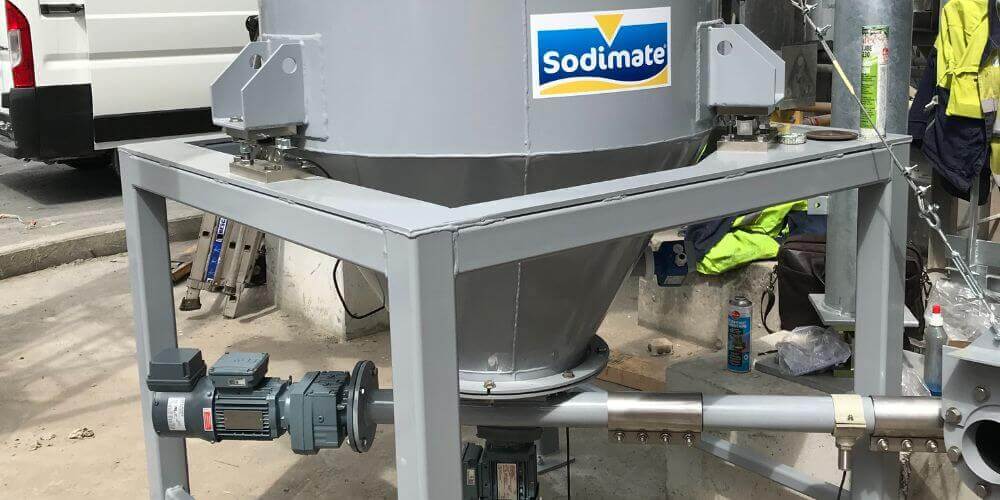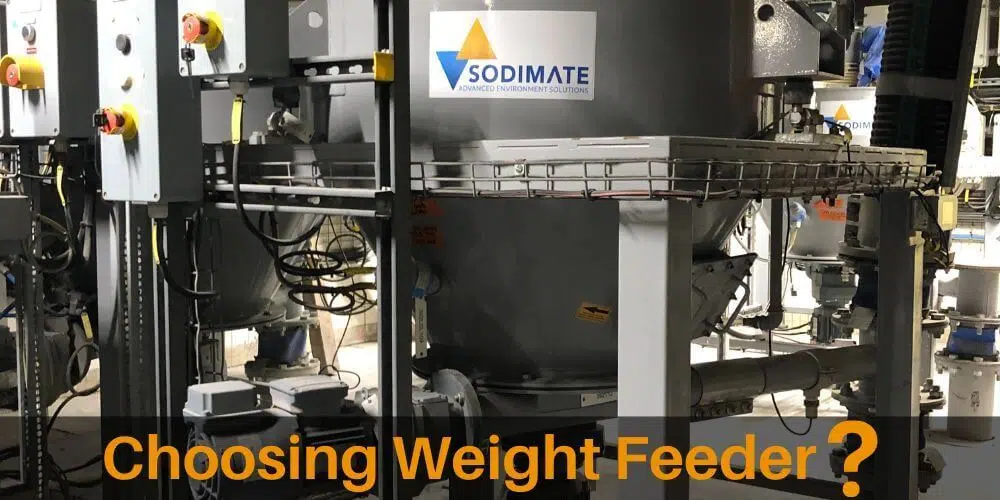A weight feeder is an equipment used to feed material volumetrically while at the same time weighing it, and can be used for both granular and powdered solids. There are different types of weight feeders available for different purposes. The following are the main details you should know before selecting the right weight feeders.
WHAT IS THE NATURE OF YOUR MATERIAL?
As mentioned, weight feeders feed material from a hopper into the process. Various material forms can have different flow characteristics, and these are used to select the specific weight feeder you need. Here are some material characteristics:
- Material that’s sensitive to pressure, in which case the material can pack under large head loads, like wax beads.
- Free-flowing material, which flows easily without the need for special equipment or flow aids, like plastic pellets.
- Material that melts at low temperatures, makes it more likely to break down, caramelize, or even melt under excess energy or friction.
- Cohesive material packs together and clumps easily, such as very fine powder or powder with fat content.
- Friable material whose particles break down easily and this requires gentle handling. Examples are flake adhesives and pasta products.
- Adhesive material adheres to all surfaces it comes into contact with like color pigments. This material type is especially difficult to feed.
- Aeratable material behaves like a fluid when it is aerated. It can flood uncontrollably if care is not taken, and examples are flour and glass microspheres.
- Hygroscopic material picks up moisture from the air and can therefore clump easily. Examples of such materials are salt and cellulose fibers, which can harden into a hard clump if left exposed for a night or longer.
- Fibrous material, like biomass fiber and wood flour, has long particles that can interlock and therefore flow slower.
To decide which weight feeder to get, you need to know what kind of material you need to use it for.
E.g., A gravimetric feeder is used for powders such as activated carbon powder, hydrated lime, clay, and polymer that need steady & continuous feeding, high powder metering accuracy, and instantaneous flow rate.
WHAT DO YOU NEED YOUR FEEDER FOR – BATCHING OR BLENDING?
One of the major factors in choosing the right weight feeder is based on the type of batching or blending process you need. Here are the details.
Batching equipment generally involves putting a specified amount of material into a process or a mixture or filling containers. In this case, it’s crucial to be able to start and stop the flow depending on a predetermined batch amount.
Dynamic weighing or continuous weighing is used to calculate the flow of an uninterrupted stream of material.
With these details, you can decide on the most important features you want it to have and thus decide which feeder you will get.













